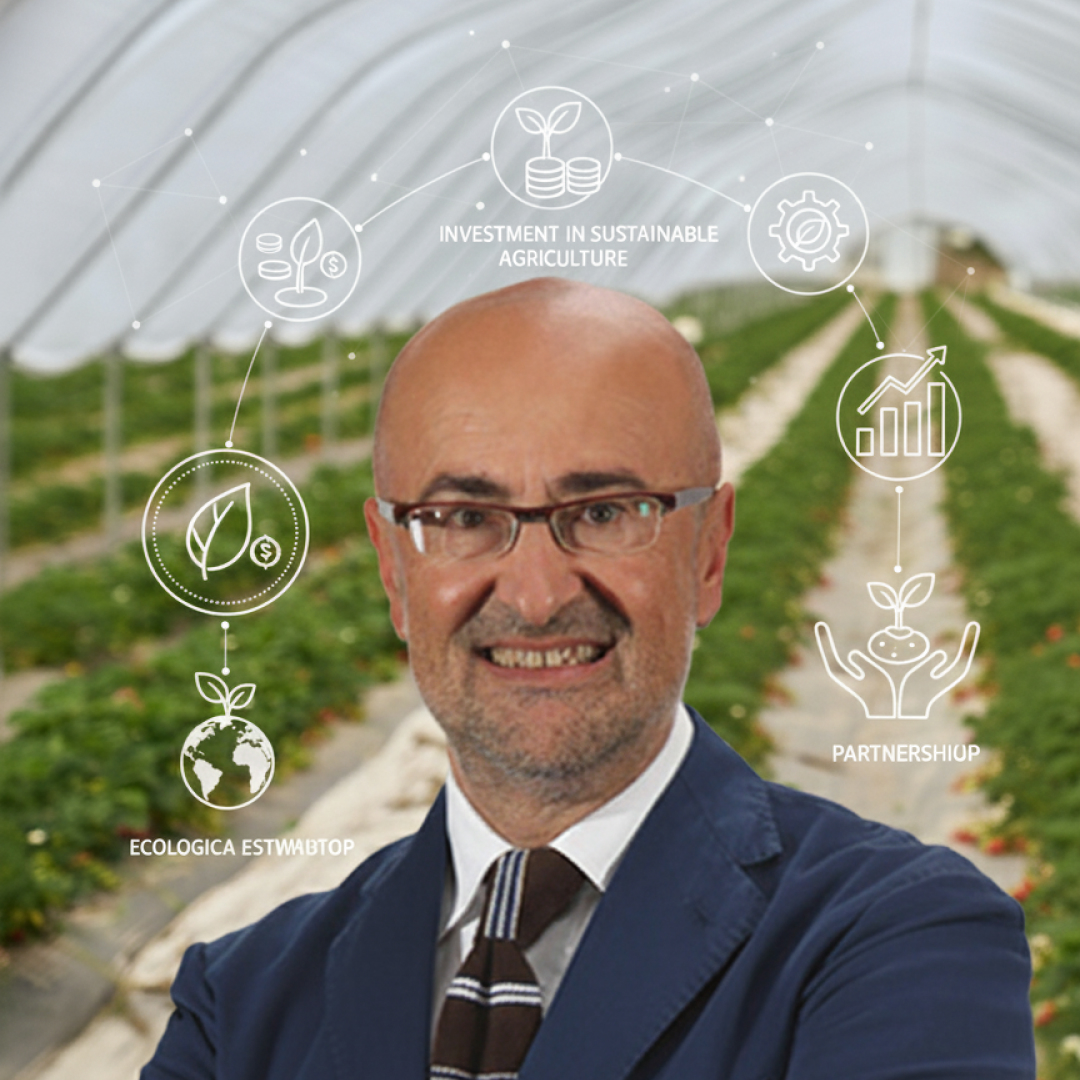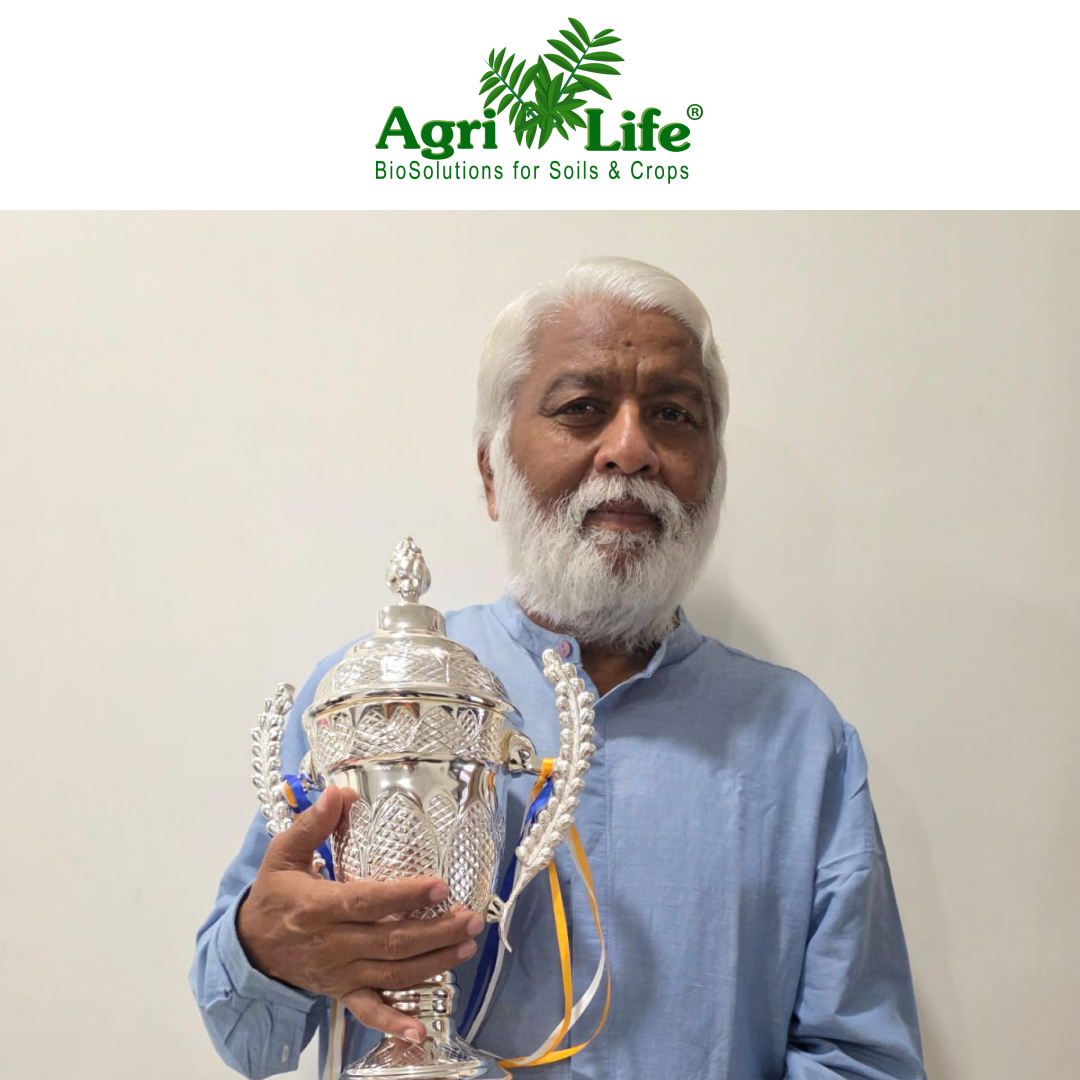
Corteva Explores Strategic Split of Seed and Pesticide Businesses
Global agrichemical giant Corteva Agriscience is weighing a landmark restructuring that could reshape the future of the agricultural input sector. According to a Wall Street Journal report, Corteva is exploring the possibility of splitting its seed business and pesticide business into two separate companies, a move aimed at unlocking shareholder value and sharpening strategic focus.
The company, formed in 2019 following the merger and subsequent breakup of DowDuPont, has become a leading player in both hybrid seeds and crop protection chemicals. By operating as two independent entities, Corteva could enable more targeted investment strategies, improve capital allocation, and align closely with market dynamics across its two core segments.
The seed business, which includes proprietary genetics and advanced traits for crops such as corn and soybeans, has been a cornerstone of Corteva’s revenue and global market presence. Meanwhile, its pesticide division, providing herbicides, insecticides, and fungicides, has seen robust demand as growers worldwide look for solutions to rising pest pressures and sustainability challenges.
Industry experts note that a separation could also help Corteva respond more quickly to regulatory shifts and competitive pressures. The pesticide sector, in particular, faces increasing scrutiny over environmental impact, while the seed business continues to evolve with biotech and digital agriculture innovations.
If pursued, this strategic split would mirror a broader trend in the agrochemical and biotech sectors, where large conglomerates are restructuring to streamline operations and maximize returns. Similar moves in recent years by Bayer, Syngenta, and FMC highlight the industry’s ongoing transformation.
Corteva has not issued an official statement on the matter, but reports suggest that the company’s board and advisors are actively reviewing the potential benefits and challenges of such a move. Investors and growers alike will be closely watching for updates, as any decision could significantly alter the competitive landscape of global agriculture.







Leave a Reply